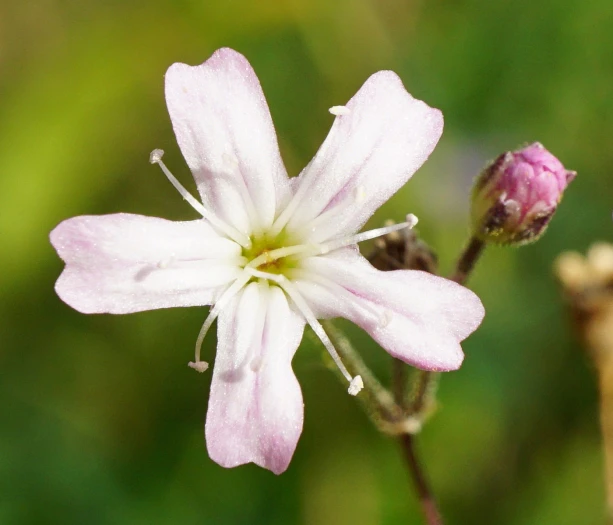Scorzonerifolia Baby’s Breath
(Gypsophila scorzonerifolia)
Scorzonerifolia Baby’s Breath (Gypsophila scorzonerifolia)
/
/

Patrick Hacker
CC BY 4.0
Image By:
Patrick Hacker
Recorded By:
Copyright:
CC BY 4.0
Copyright Notice:
Photo by: Patrick Hacker | License Type: CC BY 4.0 | License URL: http://creativecommons.org/licenses/by/4.0/ | Rights Holder: Patrick Hacker | Publisher: iNaturalist | Date Created: 2021-08-30T16:40:15-07:00 |

























Estimated Native Range
Climate Requirements for Haltom City, Texas
| This Plant | Your Site | Plant Suitability for Your Location | ||
|---|---|---|---|---|
| • Precipitation | 5" - 48" | 34" | Your precipitation may be too high for this plant. | Too high |
| • High Temp. | 70°F - 97°F | 97°F | Your summer temperatures are normal for this plant. | Excellent |
| • Low Temp. | 0°F - 33°F | 33°F | OK, but your winter temperatures are warmer than normal for this plant | OK |
This plant may not grow well at your location - your precipitation is too high.
Summary
Gypsophila scorzonerifolia, commonly known as Scorzonerifolia Baby’s Breath, is a perennial herb that is native to steppe and rocky areas in Central and Eastern Europe. It typically grows to a height and width of 1-2 feet (0.3-0.6 meters), forming a low mound of narrow, lance-shaped leaves. The plant produces clusters of small, white flowers that bloom in the summer, creating a delicate, airy effect. These flowers are not as showy as those of its relative, Gypsophila paniculata, but they still add a subtle charm to garden settings.
Scorzonerifolia Baby’s Breath is valued for its drought tolerance and ability to thrive in poor soils, making it a suitable choice for rock gardens, xeriscaping, and borders. It is also used in fresh and dried floral arrangements for its fine-textured blooms. This plant prefers full sun to part shade and does well in sandy or loamy soils with good drainage. It requires low amounts of water once established, reflecting its adaptation to dry habitats. While generally low-maintenance, it can be susceptible to root rot if overwatered or planted in poorly drained soils.CC BY-SA 4.0
Scorzonerifolia Baby’s Breath is valued for its drought tolerance and ability to thrive in poor soils, making it a suitable choice for rock gardens, xeriscaping, and borders. It is also used in fresh and dried floral arrangements for its fine-textured blooms. This plant prefers full sun to part shade and does well in sandy or loamy soils with good drainage. It requires low amounts of water once established, reflecting its adaptation to dry habitats. While generally low-maintenance, it can be susceptible to root rot if overwatered or planted in poorly drained soils.CC BY-SA 4.0
Plant Description
- Plant Type: Herb
- Height: 1-2 feet
- Width: 1-2 feet
- Growth Rate: Moderate
- Flower Color: White
- Flowering Season: Summer
- Leaf Retention: Deciduous
Growth Requirements
- Sun: Full Sun, Part Shade
- Water: Low
- Drainage: Medium, Fast
Common Uses
Border Plant, Low Maintenance, Rock Garden
Natural Habitat
Steppe and rocky areas in Central and Eastern Europe
Other Names
Common Names: Schwarzwurzelblättriges Gipskraut, Glandular Baby’s-Breath, Scorzon-Leaved Baby’s-Breath
Scientific Names: Gypsophila scorzonerifolia, Gypsophila acorzonerifolia, Gypsophila perfoliata var. angustifolia
GBIF Accepted Name: Gypsophila scorzonerifolia